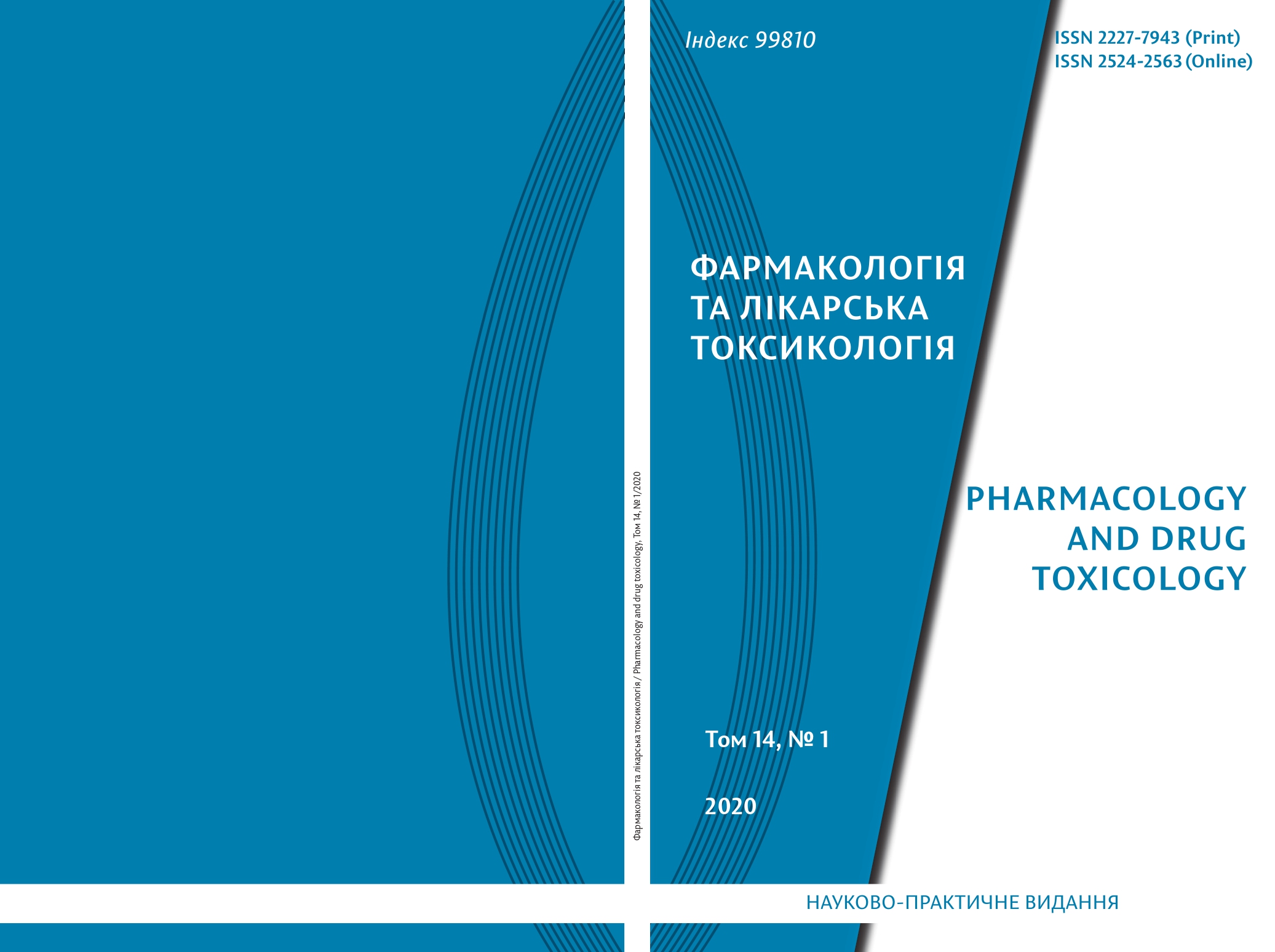Abstract
One of the main stages of drug development is the preclinical study, including a set of research procedures and operations to determine the safety and specific activity in order to obtain permission for clinical trials with the subsequent introduction of drugs into industrial production and medical practice. Therefore, it is relevant and important to determine the influence of the developed film-forming aerosol of antimicrobial and anesthetic effects on the basic anatomical and physiological systems of the animal organism in order to evaluate its safety. The aim of the study was to evaluate the toxicological characteristics (acute and subacute toxicity, irritating and sensitizing effects) of a film-forming aerosol, to establish its safety at various routes of entry into the body. The toxicological characteristics of the film-forming aerosol of antimicrobial and anesthetic effects were studied in an acute and subchronic study on warm-blooded animals – white Wistar rats weighing 200–220 g, mice weighing 20–25 g, guinea pigs and Chinchilla rabbits. The toxicological characteristics of the developed aerosol when it enters the body both through the gastrointestinal tract (single and multiple doses) and through the skin were determined. The irritating effect of the aerosol was determined when applied to the skin (once and repeatedly) and in contact with the mucous membrane of the eyes. The presence / absence of the sensitizing effect of the aerosol was also studied. The results of acute toxicity study of the drug when taken orally and when applied to the skin allowed its toxicological properties to be classified as low-hazard compounds. It was found that the LD50 of the filmforming aerosol was > 5000,0 mg/kg. The developed film-forming aerosol did not exhibit sensitizing properties, and irritating effects on the eye’s mucous membranes and skin integuments. An aerosol did not cause any signs of intoxication or lethal outcomes after repeated intragastric administrations and skin applications for 14 days (once a day at dose of 1/10 LD50). Morphological studies of animal organs in an acute and subacute toxicity research showed that aerosol does not cause pathological changes in internal organs. Thus, from toxicological point of view, the developed film-forming aerosol is characterized as safe.
